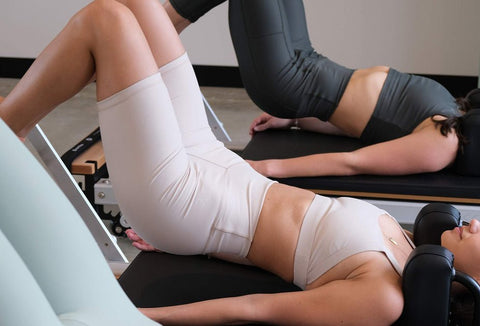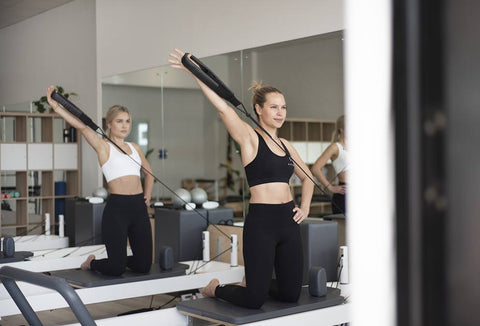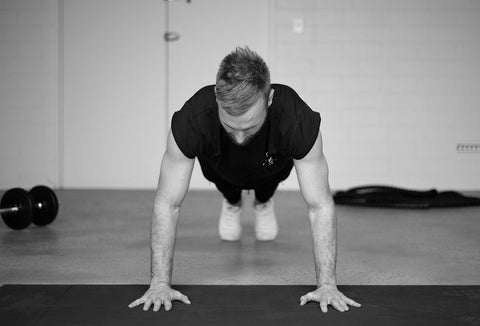Meditation is the habitual process of training your mind to focus and redirect your thoughts. It's a skill that can be learned, just like any other, with patience, time and practise. Think of it like this... we go to the gym to train our muscles. We don't expect to lift the heaviest weights on our first day of training. We've got to work up to it. Meditation is the same way, it'll take some consistent practise to really find your groove.
And you'll want to find your groove... because there are so many health benefits you'll enjoy through meditation.
- Reduced Stress levels
- Increased emotional wellbeing
- lengthened attention span
- improved sleep
- decreased blood pressure
- reduced anxiety
Just to name a few! But first tings first - Find the type of meditation that's right for you. What are some types of meditation?
Guided Meditation
As a beginner, you may want to start off with some guided meditations. This can be with a coach or a pre-recorded session where a voice will guide and prompt you through the process. There are so many amazing sessions that can be tailored to you. Check out apps like Let's Meditate for free guided meditations.
Mindfulness Meditation
Focusing your attention on an object or process eg. your breathing, a flame, music or visualization. This is often practised in silence and allows you to really immerse yourself in the present moment / environment.
Moving Meditation
This type allows you to gain awareness through simple repetitive tasks or steps, eg. Tai Chi, yoga flow
Some people prefer to use meditation music, while others prefer silence. If you're new to the practise, you may want to use music as a focal point for your mind initially.
We've put together our 5 Simple Steps to Meditation to help you on your journey.
1. Find a comfortable spot
Ensure that you find a private, peaceful place and that there are no disturbances or distracting clutter.
2. Pick a position
You may want to sit in a comfortable chair with your feet flat on the floor. Or maybe sitting cross-legged on a floor cushion. Whatever feels most comfortable for you. Also, make sure to wear comfy clothing like your favourite leggings to ensure you can completely relax.
3. Clear your mind
Take deep breaths, loosen your muscles and unwind.
4. Observe thoughts and feelings
Let your thoughts float by one by one. Observe any feelings you have and allow them to pass by. This exercise is about acknowledging these thoughts and feelings, but not engaging with them. If you find that your mind wanders on to other things, like those unanswered emails or phone calls that you need to make, just gently bring your mind back into focus. You can set a timer or meditate for as long as you feel is appropriate.
5. End your Meditation
Slowly ease back into your physical state, and become aware of your body again. Slowly open your eyes, gently stretch and reflect upon any thoughts and feelings that came up for you. It's also a great time to express gratitude for all the amazing things currently in your life.
Sometimes you'll lose focus, your mind will wander and you'll forget to concentrate on your breath. It's ok. What's most important is gently bringing your focus back and meditating consistently. Keep practising and you'll soon be enjoying the many benefits of meditating.
Are you a practising meditator? Do you prefer guided or mindfulness meditation? Let us know in the comments.
Fallon & Darren




